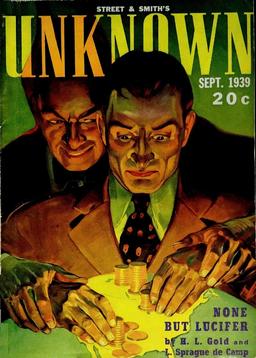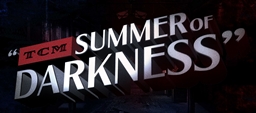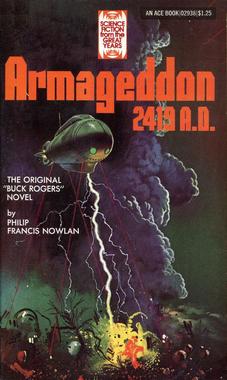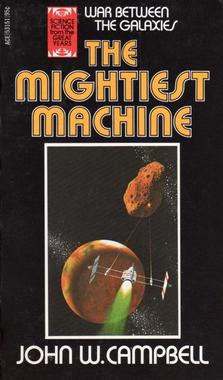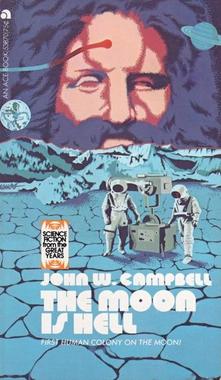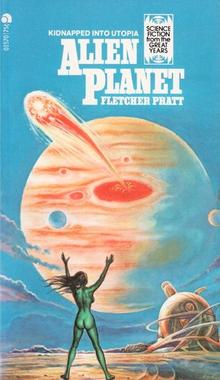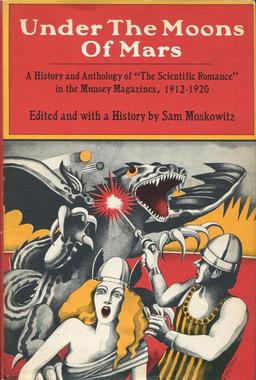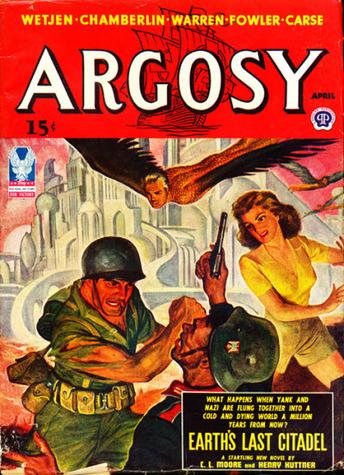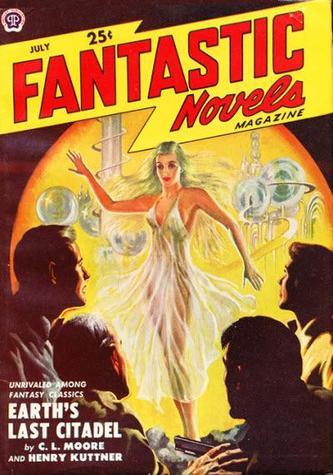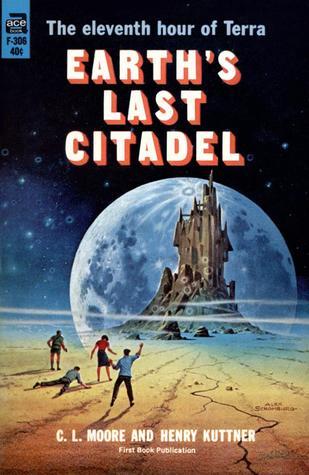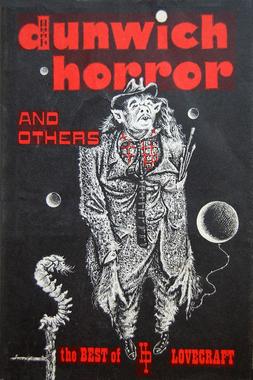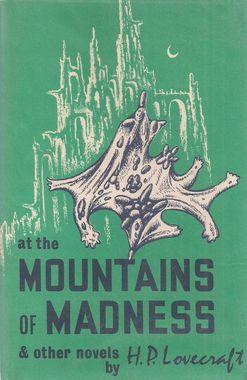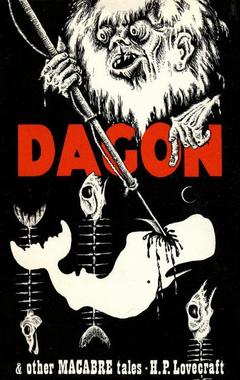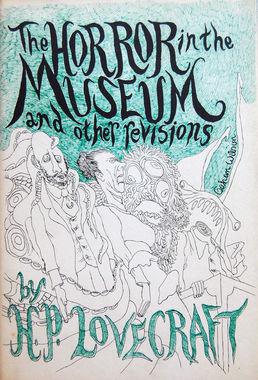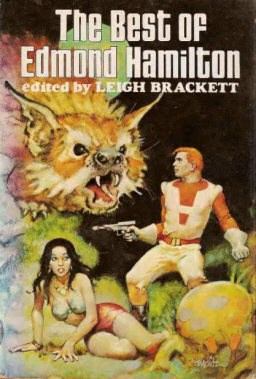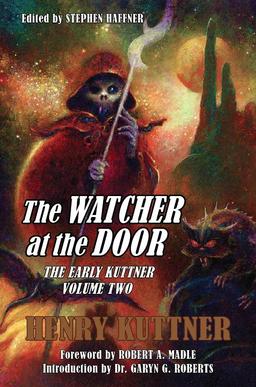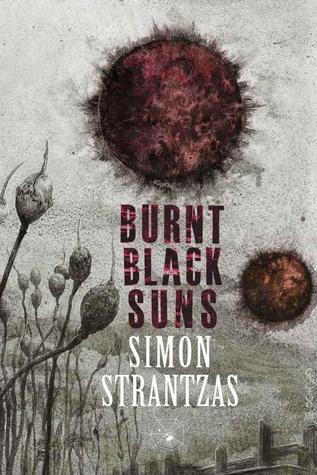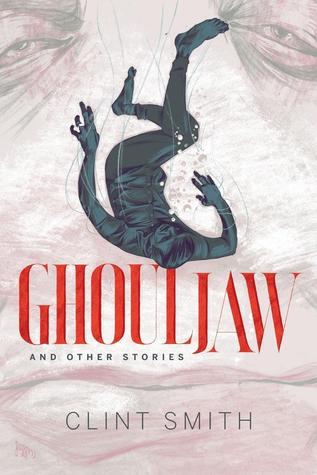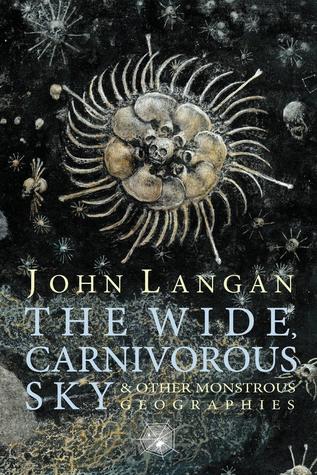Werewolves, Ancient Alien Evil, and Babylonian Witches: Tales of the Werewolf Clan by H. Warner Munn
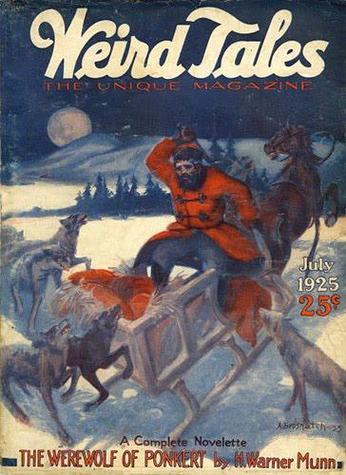 |
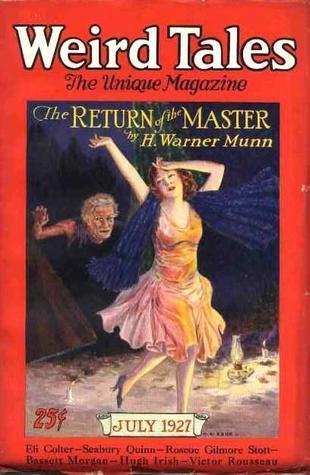 |
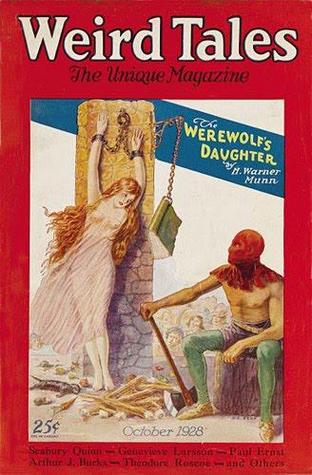 |
In the March 1924 issue of Weird Tales, a letter by H. P. Lovecraft appeared proclaiming that:
Popular authors do not and apparently cannot appreciate the fact that true art is obtainable only by rejecting normality and conventionality in toto, and approaching a theme purged utterly of any usual or preconceived point of view… Take a werewolf story, for instance — who ever wrote a story from the point of view of the wolf, and sympathizing strongly with the devil to whom he has sold himself?
Enter young Harold Warner Munn, who took up the elder author’s challenge by submitting a story with the curious title of “The Werewolf of Ponkert” to editor Farnsworth Wright at Weird Tales.
The story appeared in the magazine’s July 1925 issue, the first of fifteen tales penned by Munn set in the same cycle, which have all recently been collected by Altus Press and published in a handsome omnibus edition titled Tales of the Werewolf Clan.
